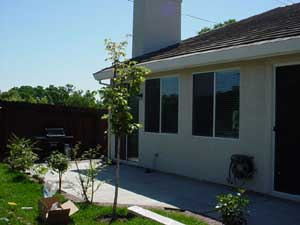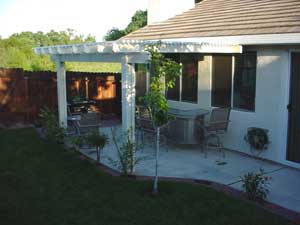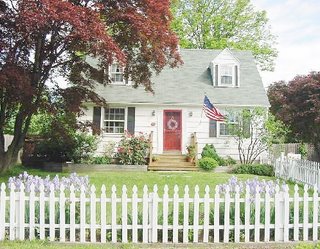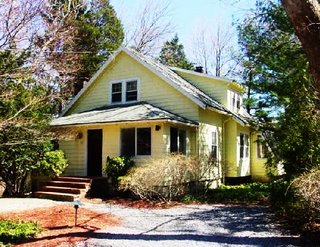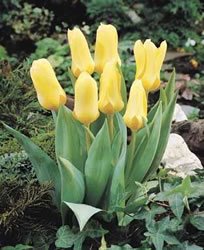
Bulbs are among the most popular of all flowering plants, due to their hardiness, low price and beauty. It is hard to beat the color variety of a garden bed full of bulbs, and planting bulbs that bloom in different seasons can guarantee a season full of beautiful flowers.
This article focuses on a few of the most popular varieties of bulbs. Some of the most popular bulb varieties available to the home gardener include:
Hyacinths (Dutch Hyacinth)
The Dutch hyacinth is one of the most instantly recognizable, and most popular, of all the varieties of bulb plants. The Dutch hyacinth blooms in the spring and features the well known foot high spires with their small bell shaped and very fragrant flowers. Hyacinths come in a wide varieties of colors, including red, pink, buff, white, blue and purple. The Dutch hyacinth grows best in colder areas, and it can last from year to year. In these cold water climates, the hyacinth is best planted in September of October.
IN areas where the weather is milder, hyacinth bulbs will not last from one year to the next. In these more temperate areas, hyacinths are best treated as an annual and replanted each year, preferably in October, November or December. It is best to plant hyacinth bulbs four to five inches deep, and to space them from four to five inches apart as well. Hyacinths grow best in full sunlight, and they benefit from regular watering, especially during their blooming and growth periods.
Iris
The most frequently seen variety of irises are the bearded varieties. Bearded irises are striking plants, and they appear in a dazzling array of colors and combinations of colors. Irises appear in a variety of sizes as well, with very small varieties and very large ones as well.
Irises should be planted in July or August in cold climates and in September or October in warmer areas. Irises are actually rhizomes, and they should be spaced from one to two feet apart, with the tops placed right below the surface of the soil. Irises grow best in full sunlight or light shade, and they benefit from a regular watering schedule during their growing season.
Lilium
The lillium is the scientific name given to the Asiatic and oriental hybrid lily, and they are very popular bulb plants. These Asiatic lilies bloom early in the summer, and they range in height from a mere six inches to a towering 4½ feet. These lilies feature blossoms ranging in size from four to six inches and in colors like white, yellow, orange, pink and red.
Oriental lilies bloom later in the year, usually in midsummer or early autumn. Oriental lilies have stems from two to ix feet in height, and they feature large and fragrant flowers up to nine inches in length. These beautiful flowers feature pink and white petals with stripes and speckles, and they provide a striking addition to any garden.
Lilly bulbs should be planted as quickly as possible after they are bought, since these particular bulbs do not keep well. If it is necessary to delay planting, the bulbs should be stored in a cool place. It is important to examine the bulbs carefully before they are planted, and any shriveled bulbs should be placed in peat moss or moist sand until they have recovered.
Asiatic and oriental lily bulbs are best planted spaced about a foot apart. Smaller bulbs should be covered with a layer of soil two to three inches thick, which medium sized bulbs need a layer of three to four inches and large bulbs should be covered with four to six inches of soil.
The most commonly seen problem encountered when growing bulbs is a viral infection, and unfortunately that infection is incurable. The best way to avoid infection is to buy only the healthiest bulbs from the best sources. Any lilies showing mottled or very stunted leaves should be destroyed.
Lilies tend to do best in full sun or partial shade, and like other bulbs they benefit from regular watering during their growth and blooming phases.
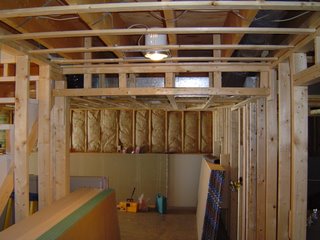 Framing basement walls can be a tricky endeavor. There are a number of different situations and obstacles that complicate the framing. As a result, stick building and improvisation are the key phrases when undertaking basement wall framing.
Framing basement walls can be a tricky endeavor. There are a number of different situations and obstacles that complicate the framing. As a result, stick building and improvisation are the key phrases when undertaking basement wall framing.